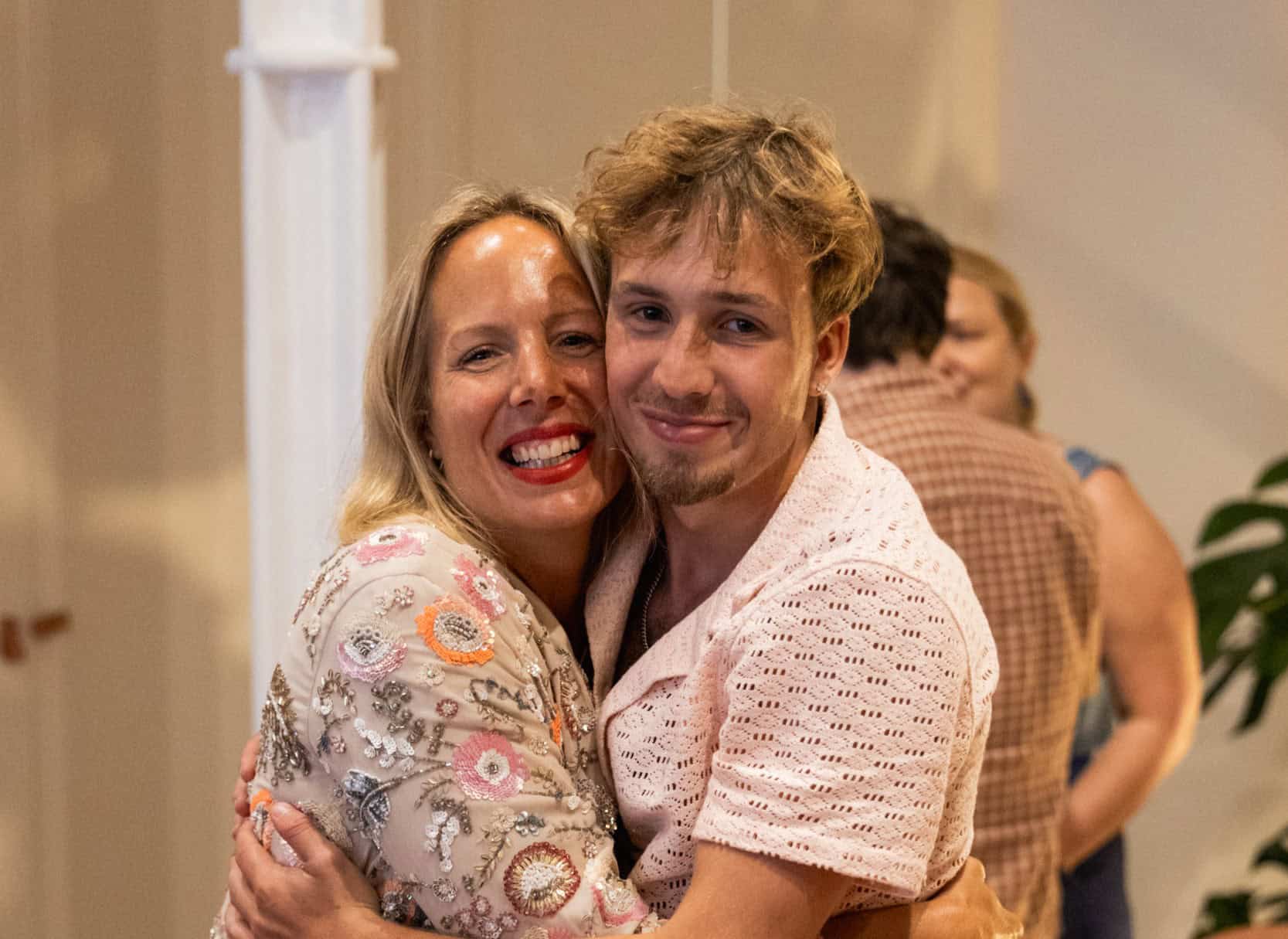
I’ve written about this before. Last year, the year before that, and the year before that. Yet here we are, staring at the same numbers, the same gaps, the same stories.
Men’s mental health isn’t moving fast enough. The data proves it: suicide rates among men are 17.4 per 100,000, compared to 5 per 100,000 for women, and they’ve risen again from 2024 to 2025. It’s not that men don’t want help. It’s that mental health support for men doesn’t reach them in time. And honestly? It’s exhausting, boring even, to keep repeating what we already know. The barriers are glaringly obvious, yet we keep tripping over them.
The Referral Gap
Men often wait until it’s serious. Shame, fear, responsibility, masculinity, and social pressures all play a part. Add in a lack of safe spaces to express emotion and the absence of language that makes vulnerability feel okay, and you’ve got the perfect storm of silence.
The Stigma Gap
Therapy still feels clinical, distant, and alien, a place for the unwell rather than a tool for staying well. Mental health hasn’t been framed in language men relate to: strength, resilience, and pride. Masculinity is still tightly bound to self-reliance. We need to rethink it in media, education, art, and in the stories men tell about themselves.
The Expression Gap
The words we use don’t always land. They can feel soft, abstract, or too emotional. Men need a vocabulary that bridges feeling and function, emotion and action. Words that meet them where they are.
The Trust Gap
There’s still a mismatch between people and the mental health support that’s available. Representation matters in therapists, campaigns, and conversations. Support is diversifying, yes, but it still struggles to meet people where they are in ways that feel trustworthy, culturally relevant, and aspirational.
Even when we address each gap individually, there’s a deeper issue: the framework itself. We often compare men’s mental health data to women’s, as if mental health could be measured on a single scale. But gender is not binary. People of all gender identities process stress, emotion, and meaning differently. Intersectional factors such as race, sexuality, disability, and socioeconomic status further shape how support is experienced. The question isn’t why men or any other group lag, but why our current frameworks assume everyone fits the same model and fail to meet people where they are.
What’s Worth Being Curious About
Only one in three therapy referrals are men, yet three in four suicides are. That’s the real distance we need to study:
- The difference between what is felt and what is said
- The difference between what is said and what is heard
- The difference between what is heard and what action is taken
Somewhere in those gaps is where too many men get lost.
Reframing the Endgame
Maybe suicide isn’t just the ultimate expression of pain. For some, it’s an act of control, a choice in a world that feels uncontrollable. That doesn’t make it right, but it does mean we need to understand it differently.
What if the real goal isn’t just fewer suicides, but better lives? Lives that feel meaningful, aligned, and lived on their own terms, not just survived.
Self Space Solutions
Here’s how we start closing the gaps:
- Therapy within the hour, not months
- Real humans, real conversations
- Therapist matching that builds trust from day one
- Preventative MOT sessions, workplace programming, and movement-based initiatives
I’m still a woman writing to men about men, and it feels off; it always has. But what I want is a real conversation with men, learning from you, for you, so next year we can say something new.
We’re moving therapy from the clinical to the cultural. Wherever your head’s at, we’ll meet you there. But first, we need to know where you’re at.